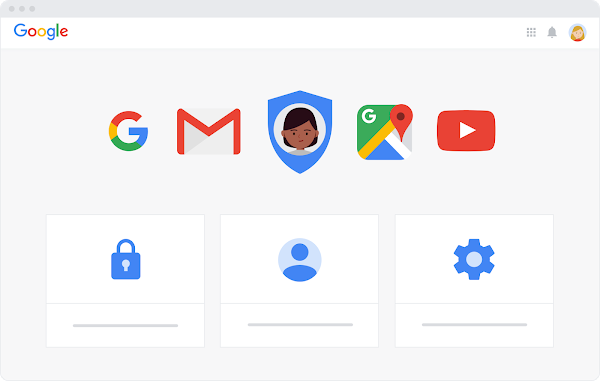Did you know in 2018 alone, over 2.69 billion records were exposed or stolen around the globe? That’s 7.85 million every day, 327 thousand every hour, 5.46 thousand every minute, 91 every second. There are many tweaks you can make to your privacy settings on Google that can help protect your privacy. Let’s examine how we can begin to keep ourselves safe on Google.
To access the privacy settings for your Google account, navigate to myaccount.google.com. From the My Account dashboard, you can edit your personal information, decide what personal information is visible to others, resolve security issues, and manage your activity. Let’s examine three key things every Google user should be doing to ensure their privacy is properly protected on Google.
Step 1: Review Your Sharing Settings
By default, all of your Google Apps and Google Folders are created with privacy settings turned on. They are set to be shared only with you and you only. You should check and review these settings regularly to make sure that you aren’t sharing information with apps, services, or Google that you don’t want to be.
How Can I Do That?
Click on People & sharing in the left-hand menu. From here you can manage real-time location sharing. You should check to make sure that you aren’t sharing your location with anyone. You can also choose what information others see about you. Make sure that you are comfortable with the information that is publicly visible and that it doesn’t include unnecessary personally identifiable information.
Step 2: Turn Off Activity
Google collects and stores an enormous amount of data about what you do online. If you are interested in seeing just how much activity Google tracks and data it collects, scroll down and click on My Activity. If you have an Android device or use Google Maps and want to see just how much location data Google collects, click on Timeline. From the Data & Personalization page, you can also download a copy of your data.
How Can I Do That?
To turn off data collection (as much of it as you can), click on Data & Personalization in the left-hand menu. From there, you will see which activity is currently being saved under Activity Controls. For any data that you don’t want to be collected, click on the type of activity and then click on the toggle button to pause it.
You can choose to pause Web & App Activity, Location History, Voice & Audio Activity, Device Information, YouTube Search History, and YouTube Watch History. Ideally, you should pause as much activity as you can. At the very least you should turn off Location History.
- Delete your Web & App Activity: First click on Web & App Activity, then Manage Activity and finally click on the three dots on the right side of the search bar to choose what activity to delete. You can also choose to have your Web & App Activity deleted automatically so that you don’t always have to manually delete your browsing history.
- Delete your Location History: First click on Location History, then Manage Activity to have the map pulled up, then find and click on the trash icon in the bottom right-hand corner of the map.
Step 3: Remove Connected Apps
From this page, you will also be able to see what apps you have set up for logging in with Google. You should remove any that you don’t recognize or that you no longer use.
How Can I Do That?
Navigate to the Security page. From here, click on the box for third-party apps with account access. This will show you all of the third-party apps and services that have access to your Google data, including what data they have access to. You should remove any apps that you don’t recognize, no longer use, or don’t want to share data with.
If you have additional questions, please check out this post from Bloom which details how to properly protect your privacy online.

